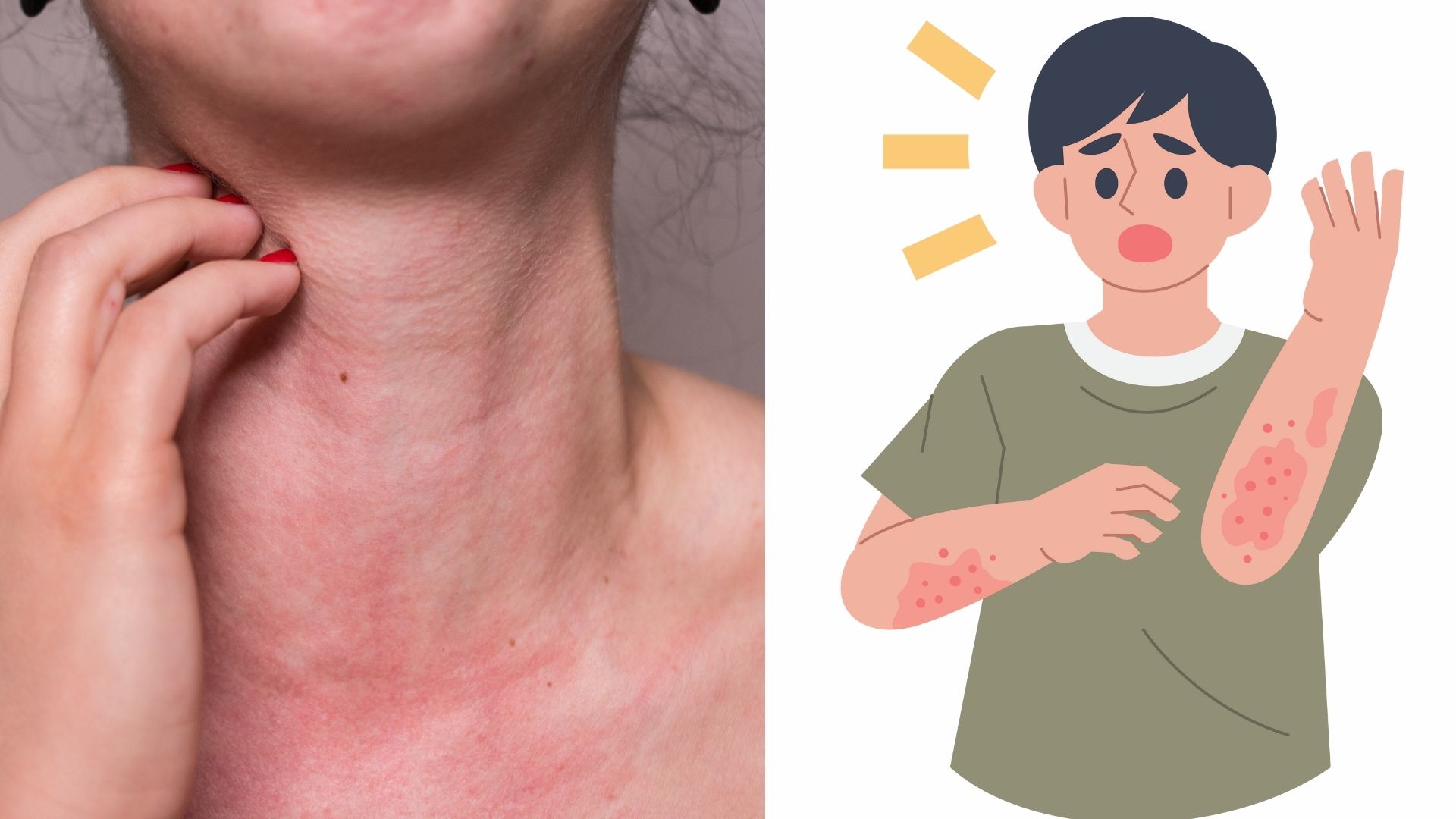Many foods can cause allergies, but some are more common than others. Nearly 90% of severe food allergies are related to proteins (allergens) in nine foods: milk, soy, eggs, wheat, peanuts, tree nuts, fish, shellfish, and sesame.

Symptoms of food allergies
Food allergy symptoms can range from a mild rash to a severe, life-threatening reaction called anaphylaxis. Some food allergies usually go away on their own, while others are lifelong.
Symptoms can vary from person to person and, in some cases, from episode to episode in the same individual. Even if you have a mild allergic reaction the first time, it can become severe or life-threatening the next time.
Symptoms usually begin within minutes to an hour or more after you eat the food you're allergic to.
The most common food allergy symptoms include:
- Swelling and itching of the lips and mouth
- Tight throat or hoarse voice
- Nausea and vomiting
- Diarrhea and cramps
- Itchy rash, bumps (rash)
- Swelling of the skin
- Itchy skin
Anaphylaxis is the most severe form of allergic reaction. It causes systemic symptoms, meaning symptoms that involve multiple systems of the body.
Symptoms of anaphylaxis include:
- Shortness of breath
- It feels like your throat is closing up
- Swelling of lips or tongue
- Clean skin
- Itchy palms or soles of feet
- Feeling faint
- Nausea, vomiting, stomach pain
- Fast pulse
- Low blood pressure
- Loss of consciousness
Anaphylaxis can be life-threatening. Call emergency services at the first sign of anaphylaxis. Don't wait for symptoms to improve.
Anaphylaxis is treated with epinephrine in the form of an auto-injector, such as an EpiPen or AUVI-Q. If you have been prescribed this medication to treat a severe food allergy, carry it with you at all times and use it at the first sign of anaphylaxis.








